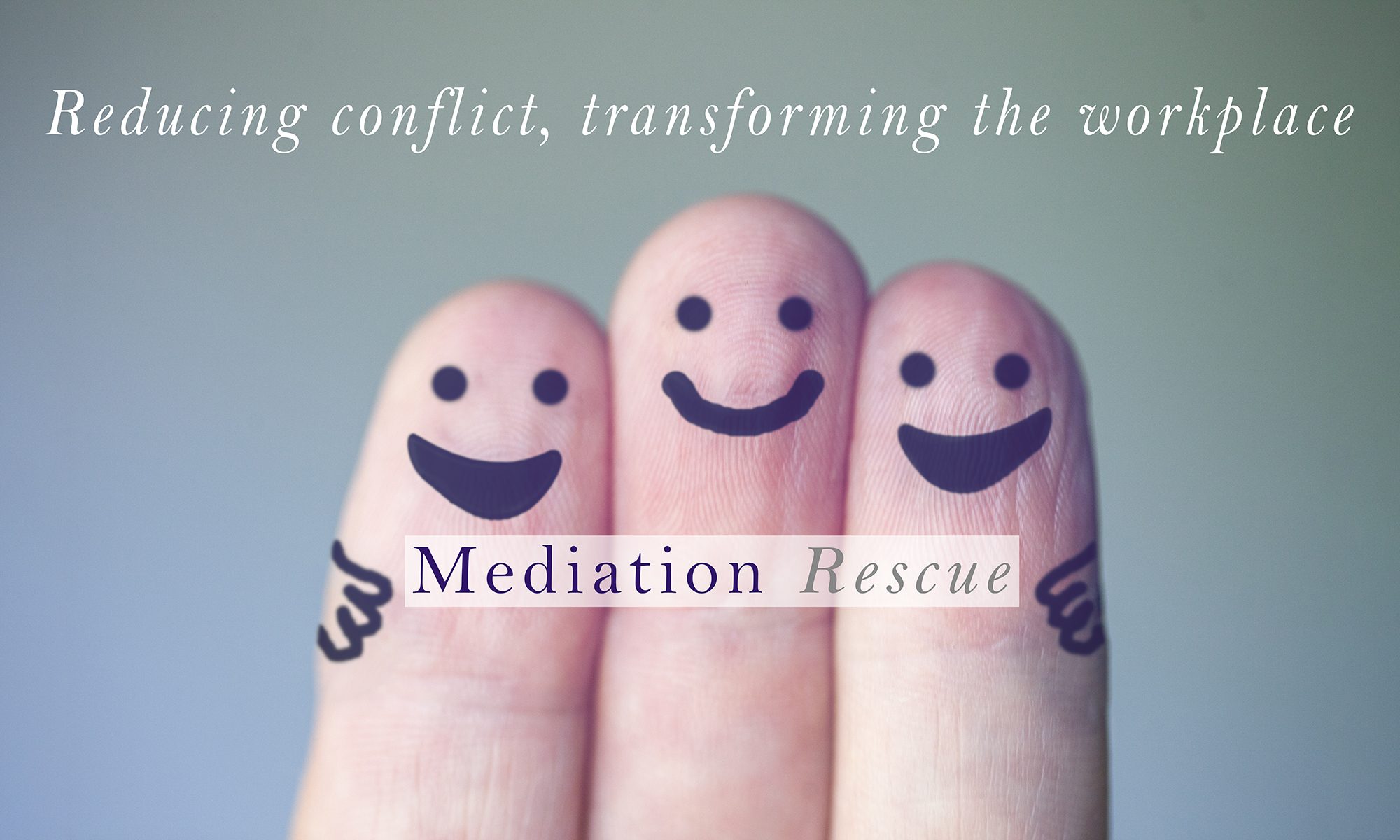The last three decades have seen a shift in the nature of workplace conflict away from collective industrial disputes towards a culture of individual rights and private claims. However, the mechanisms for resolving conflict within the workplace have been very slow to adjust to this change. The default processes in most workplaces remain the grievance and disciplinary procedures. For a fairly brief period between 2004 and 2009 we had the statutory disciplinary and grievance procedures which most would agree were an utter disaster and this fact contributed much to the conclusions of the Gibbons Report in 2007, which came down heavily in favour of less formal and more resolution based processes to address workplace issues.
The introduction of early conciliation requirements has definitely made an impact on claims that are on the brink of litigation, however it has done little to assist in the resolution of problems at an earlier stage, the stage where the underlying working relationship may be capable of being preserved and restored. This is the area in which workplace mediation has such a large role to play. However, despite signs of a greater take up of workplace mediation as an alternative to litigation and some improvement in the adoption of in-house mediation processes, especially in the public sector, there has (as yet) been too little attention paid to this powerful tool in the private sector. The adoption rates for early resolution processes such as workplace mediation are lagging well behind where most practitioners perceive that they should be.
So, why is this? Why has there not been a more ready acceptance of the clear benefits of early resolution processes such as workplace mediation? It is especially puzzling given that ’employee engagement’ seems to be such a hot topic in HR at the moment and resolution skills dovetail very nicely into the area of improved communication. There seem to be a number of potential obstacles to progress in the increased uptake of workplace mediation:
- Historical dependence upon grievance and disciplinary procedures are probably the main issue combined with an inherent distrust of what might appear to be radical change. Their use has become deeply embedded in our workplace culture and they are commonly seen as the default first step in dealing with workplace tensions. The difficulty with such processes is that they are heavily dependent upon fact-finding and attribution of fault/blame which frequently leads to the escalation of conflict rather than its resolution. The natural human tendency to seek to solve problems in the same way that they have been solved in the past (often referred to as the Einstellung effect) can operate as a powerful persuasive barrier to change. You can read further about the impact of the Einstellung effect in conflict resolution in one of our previous articles on Creative Mediation Solutions.
- Even where mediation is recognised as a useful and valuable process, it continues to be perceived as either a last resort before litigation or at least a process that does not become relevant until the conflict has fully crystallized. Part of the reason for this is probably because awareness of mediation in business has mostly arisen from civil and commercial mediation where it tends to be used only when litigation is underway and as a means of avoiding a very expensive impending trial or at least when very expensive and time-consuming litigation is imminent. Workplace conflicts tend to be rather different in their nature as issues are often less polarised and exist in a setting where a relationship that was intended to be enduring is potentially capable of being salvaged and restored.
- Precisely because it is not yet embedded in the workplace culture, there is a widespread lack of knowledge or misunderstanding of its many attractive features and benefits. You can find out more in our previous article on The Unassailable Business Case for workplace mediation. This lack of knowledge and appreciation of the benefits of workplace mediation affects not only management and employees, but also HR professionals who may not have had enough exposure to its processes. A culture of early resolution and workplace mediation should be seen as having a central role in any forward-thinking employee engagement initiative.
- There is a perception among some people that mediation is some form of soft option. It has sometimes been portrayed as “two parties locked in a room with a hippy”. The reality is very different. Mediation is far from being a soft option for the participants. It should come as no surprise that a powerful tool capable of transforming successfully and rapidly the relationship of two high conflict individuals locked in a bitter dispute is one that comes with attributes that require the parties to work very hard indeed to produce a resolution. The parties and the mediator will usually emerge from a successful mediation drained and exhausted. In mediation sessions parties are frequently called upon to recognise, accept and address their own shortcomings and prejudices as part of the resolution process. This is often very challenging. A useful side effect however, is that the parties often leave the mediation having acquired a new life skill: active listening.
- Employee and union resistance to mediation can also be a tricky hurdle to surmount. They can be deeply suspicious of workplace mediation, especially if it is perceived as replacing established and long-established processes. In particular, it is often seen as being a process that is being owned and run by the employer. This is a misconception, but it requires information and possibly training to be provided to dispel it. There can also be a high level of scepticism as to its effectiveness and benefits before trying it out. Some see it as denying them or their members their ‘day in court’ preferring to have issues such a grievances dealt with in a more formal environment.
The key to increasing the take-up of workplace mediation seems to be increasing the awareness of its many true benefits and in training HR professionals, management and staff to recognise the opportunities that it presents to improve the culture of the workplace.
If something is still holding you back, please tell us what it is by adding a comment below or by getting in touch with us.

